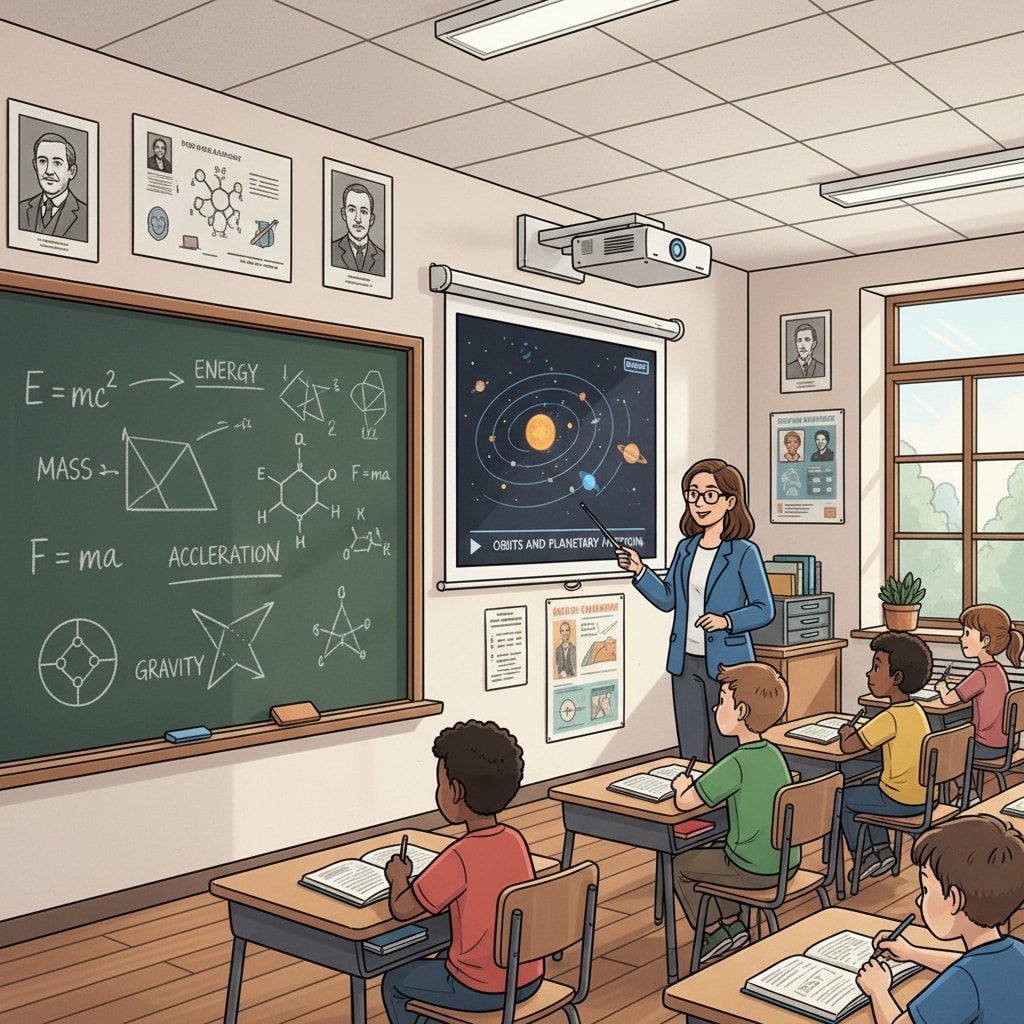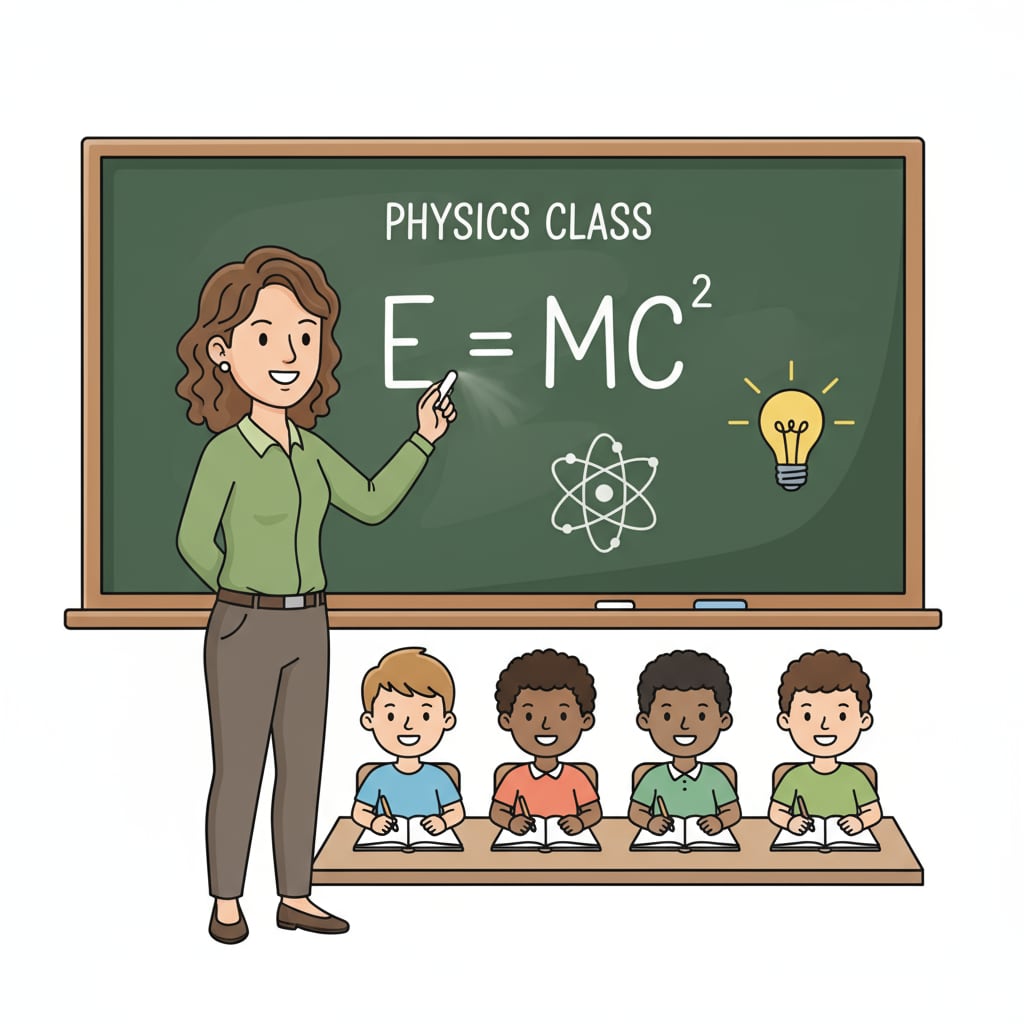In the realm of K12 education, the choice between traditional and modern teaching methods, along with the integration of technology and traditional tools, has become a pivotal discussion. Educators are constantly grappling with how to best meet the diverse needs of students in an ever-evolving educational landscape.

The Allure of Traditional Teaching Methods
Traditional teaching methods have long been the cornerstone of education. These methods often rely on textbooks, lectures, and in-person interactions. For example, textbooks provide a structured and comprehensive source of knowledge. They have been trusted for decades as a reliable way to convey information in a systematic manner. Lectures, too, allow teachers to present information in a clear and organized way, guiding students through complex concepts. Britannica defines traditional teaching as the conventional approach that has been passed down through generations. Education on Britannica In addition, face-to-face interactions in the classroom create a sense of community and enable immediate feedback between teachers and students.

The Rise of Modern Teaching Methods
On the other hand, modern teaching methods have emerged with the rapid advancement of technology. Technology has revolutionized the way we teach and learn. Online courses, educational apps, and interactive whiteboards are just a few examples of how technology has transformed the classroom. For instance, online courses offer flexibility, allowing students to learn at their own pace and access a wealth of resources from around the world. According to Wikipedia, modern teaching often incorporates digital tools and innovative strategies to enhance the learning experience. Modern education on Wikipedia Interactive whiteboards make lessons more engaging, enabling teachers to present multimedia content and encourage student participation.
The key lies in finding a balance between these two approaches. By combining the strengths of traditional and modern teaching methods, educators can create a more effective learning environment. For example, a teacher might use a lecture to introduce a new topic (traditional method) and then follow it up with an online activity or educational app (modern method) to reinforce the learning. This way, students can benefit from the structured knowledge transfer of traditional methods and the interactive and personalized nature of modern ones.
Readability guidance: As we can see, each approach has its own merits. Traditional teaching offers stability and a tried-and-true way of imparting knowledge, while modern teaching brings innovation and adaptability. By using a blend of both, educators can better meet the diverse needs of students in the K12 education system. We should not view traditional and modern methods as mutually exclusive but rather as complementary elements in the pursuit of quality education.


